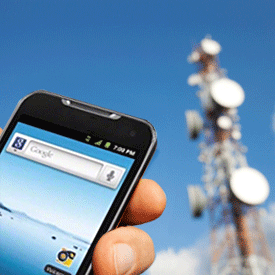4G, short for fourth generation, is the fourth generation of mobile telecommunications technology, succeeding 3G and preceding 5G. A 4G system, in addition to the usual voice and other services of 3G, provides mobile broadband Internet access, for example to laptops with wireless modems, to smartphones, and to other mobile devices. Potential and current applications include amended mobile web access, IP telephony, gaming services, high-definition mobile TV, video conferencing, 3D television, and cloud computing.
Two 4G candidate systems are commercially deployed: the Mobile WiMAX standard (first used in South Korea in 2007), and the first-release Long Term Evolution (LTE) standard (in Oslo, Norway and Stockholm, Sweden since 2009). It has however been debated if these first-release versions should be considered to be 4G or not, as discussed in the technical definition section below.
In the United States, Sprint (previously Clearwire) has deployed Mobile WiMAX networks since 2008, while MetroPCS became the first operator to offer LTE service in 2010. USB wireless modems were among the first devices able to access these networks, with WiMAX smartphones becoming available during 2010, and LTE smartphones arriving in 2011. 3G and 4G equipment made for other continents are not always compatible because of different frequency bands. Mobile WiMAX is not available for the European market as of April 2012.

